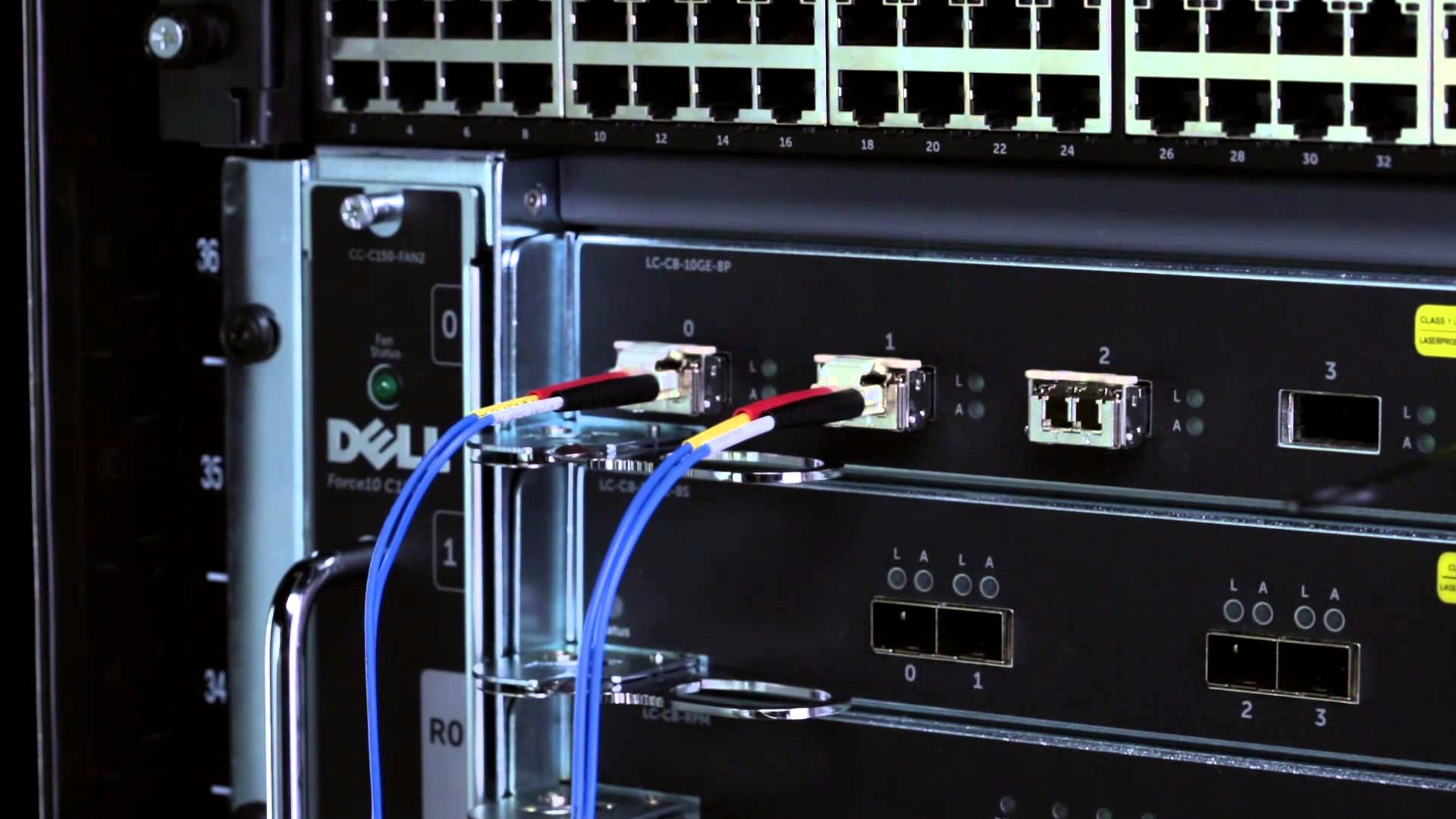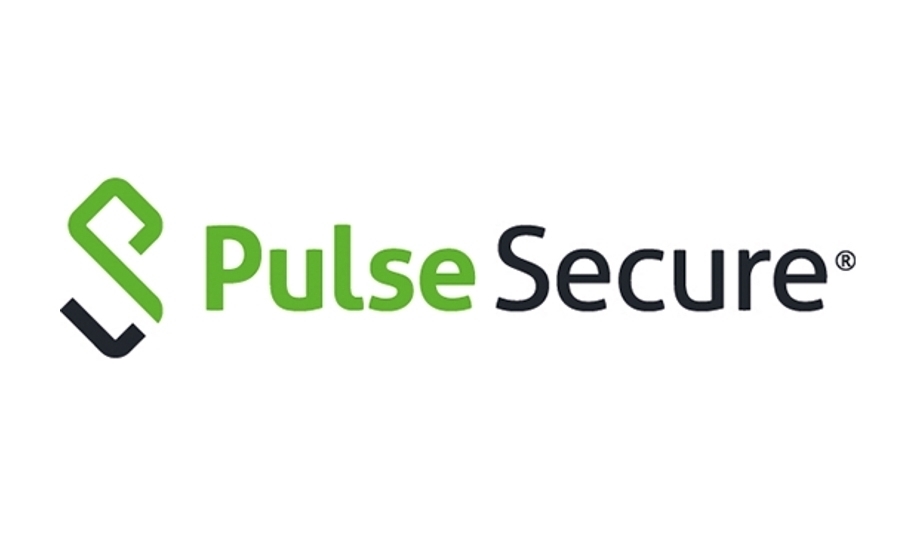| Standards | - IEEE 802.11a/b/g/n/ac
- 2.4GHz and 5GHz concurrent operation
|
| Supported Data Rates | - 802.11ac: 29.3 Mbps – 1300 Mbps (80MHz)
- 802.11n: 6.5 Mbps – 216.7 Mbps(20MHz) 13.5 Mbps – 450 Mbps (40MHz)
- 802.11a: 54, 48, 36, 24, 18, 12, 9 and 6 Mbps
- 802.11b: 11, 5.5, 2 and 1 Mbps
- 802.11g: 54, 48, 36, 24, 18, 12, 9 and 6 Mbps
|
| Radio Chains / Streams | |
| Channelization | - 20 MHz, 40 MHz, and/or 80 MHz
|
| Frequency Band | - IEEE 802.11ac: 5.15 – 5.85 GHz
- IEEE 802.11a/n: 5.15 – 5.85 GHz
- IEEE 802.11b: 2.4 – 2.484 GHz
|
| Operating Channels | - US/Canada: 1-11, Europe ( ETSI X30): 1-13, Japan X41: 1-13
- 5 GHz channels: Country dependent
|
| BSSIDs | - Up to 32 (2.4 GHz)
- Up to 16 (5 GHz)
|
| Power Save | |
| Certifications* | - WEEE/RoHS compliance
- EN 60601-1-2 (Medical)
- Wi-Fi Alliance certified
- UL 2043 plenum rated
|
| Subway and Railroad Certifications | - EN50121-1 EMC
- EN50121-4 Immunity
- IEC 61373 Shock & Vibration
|








